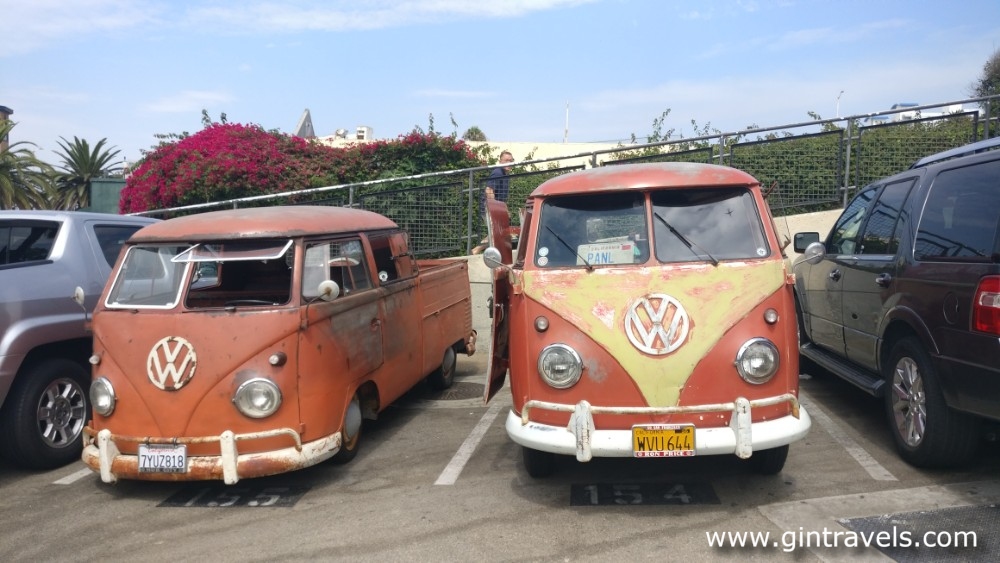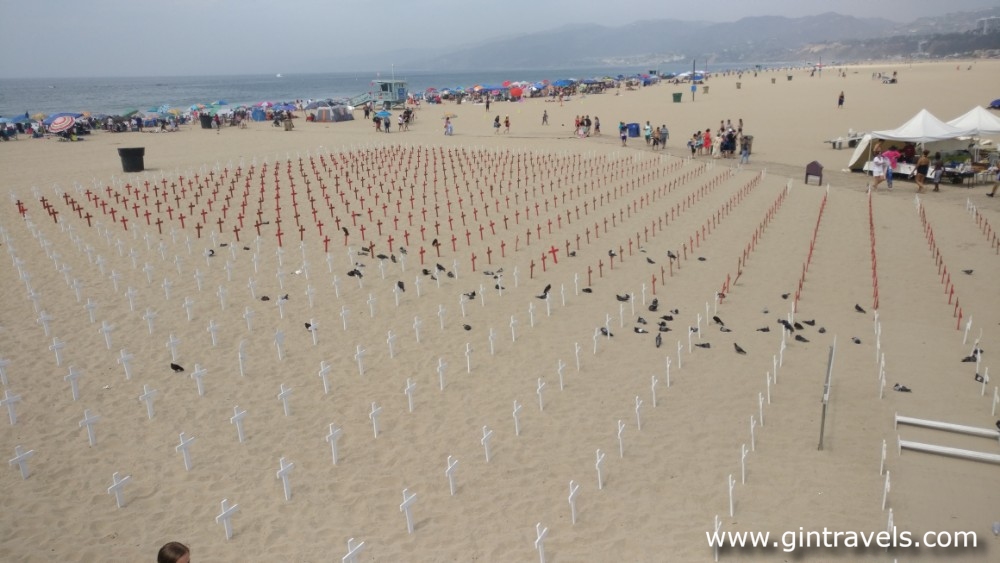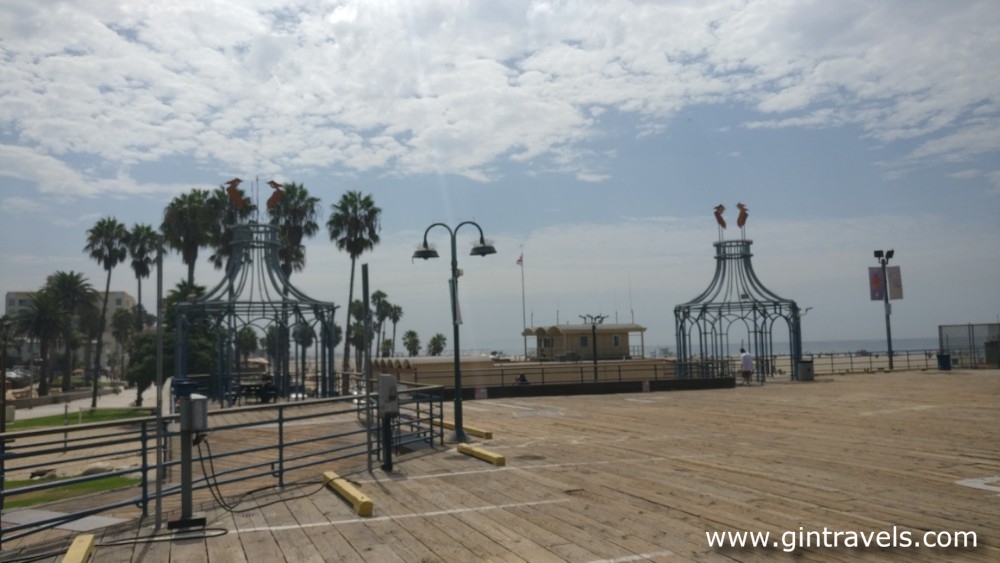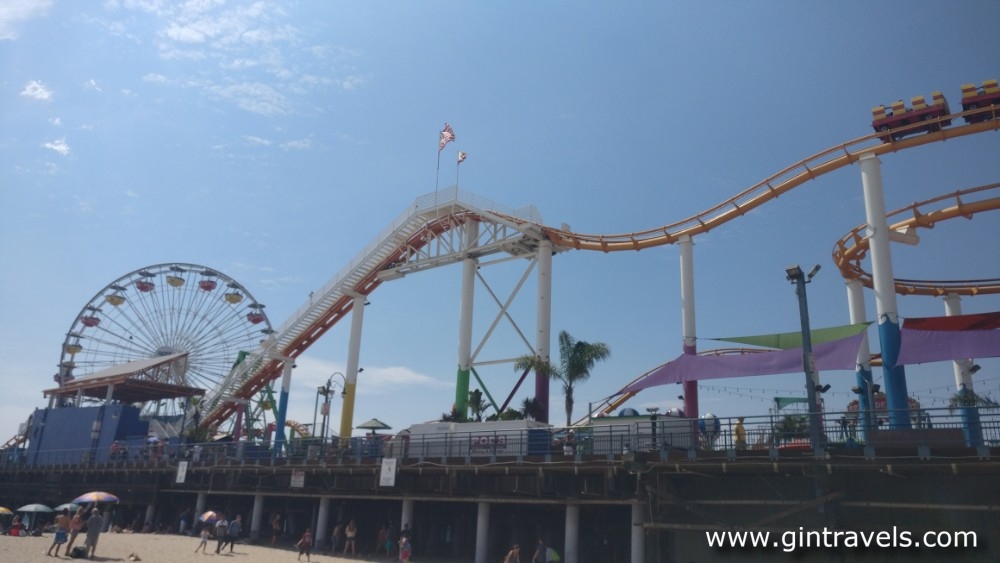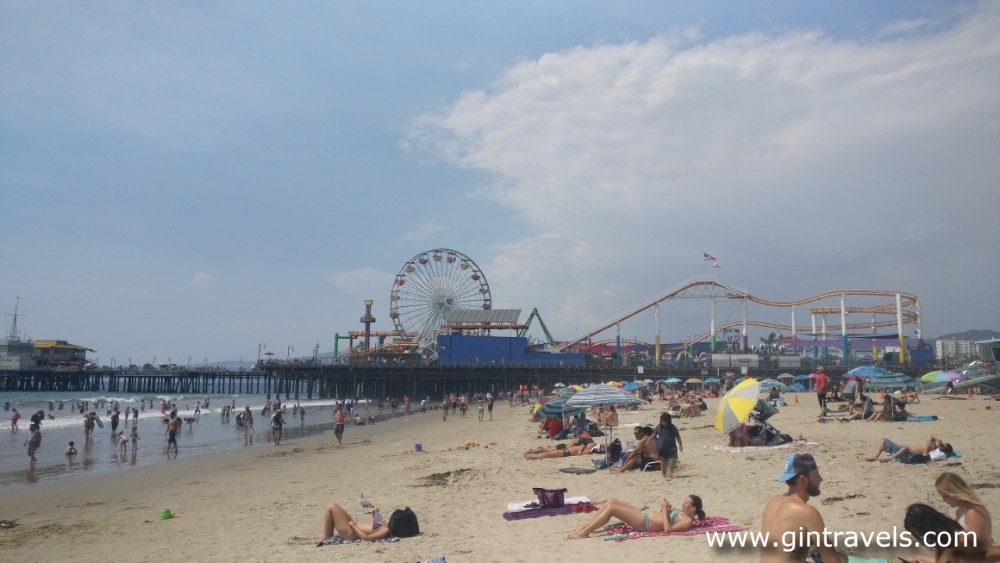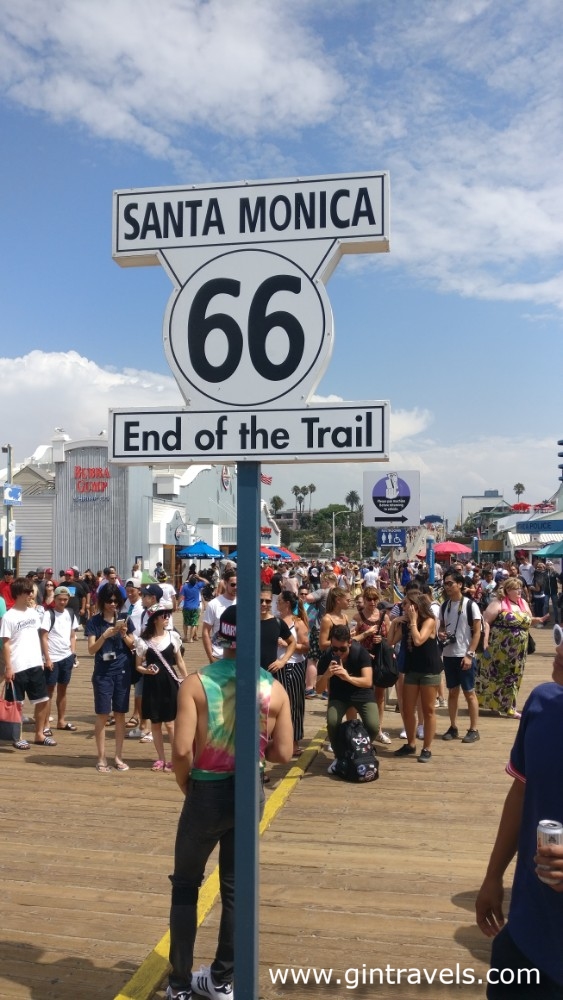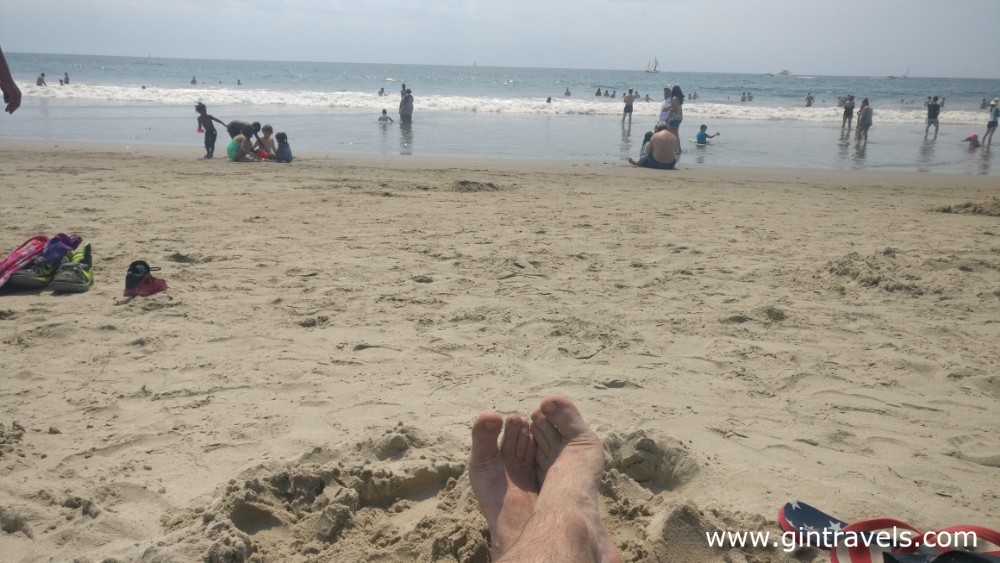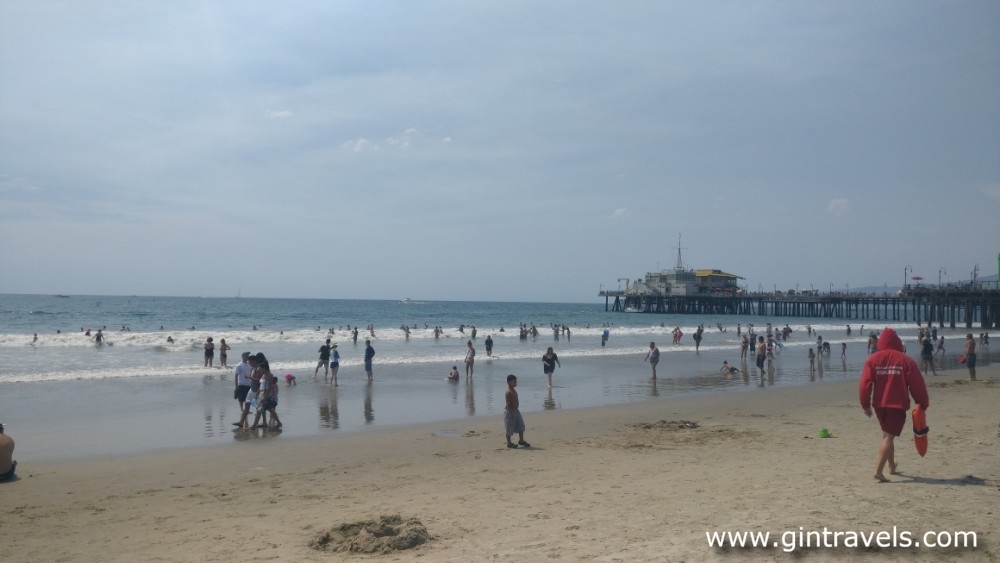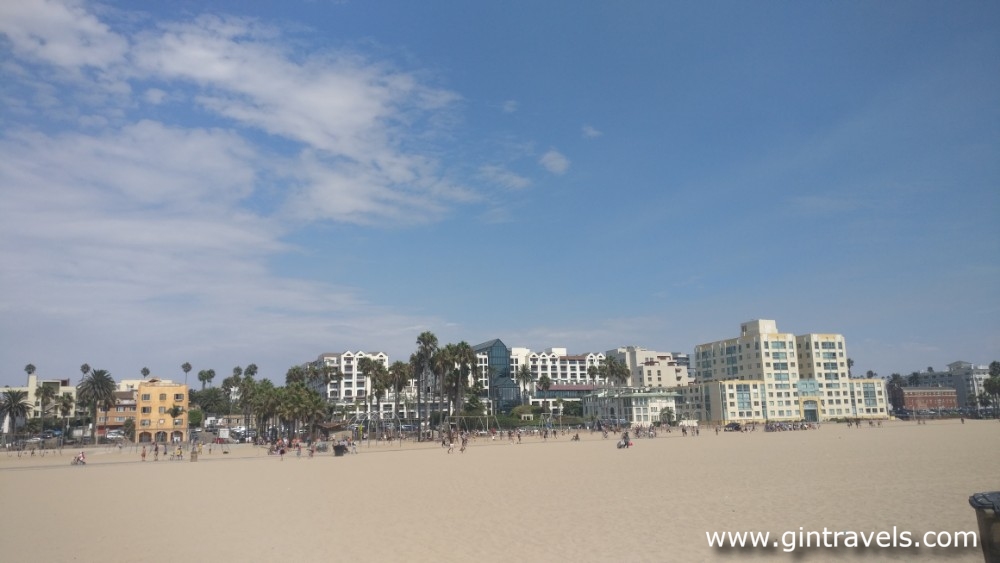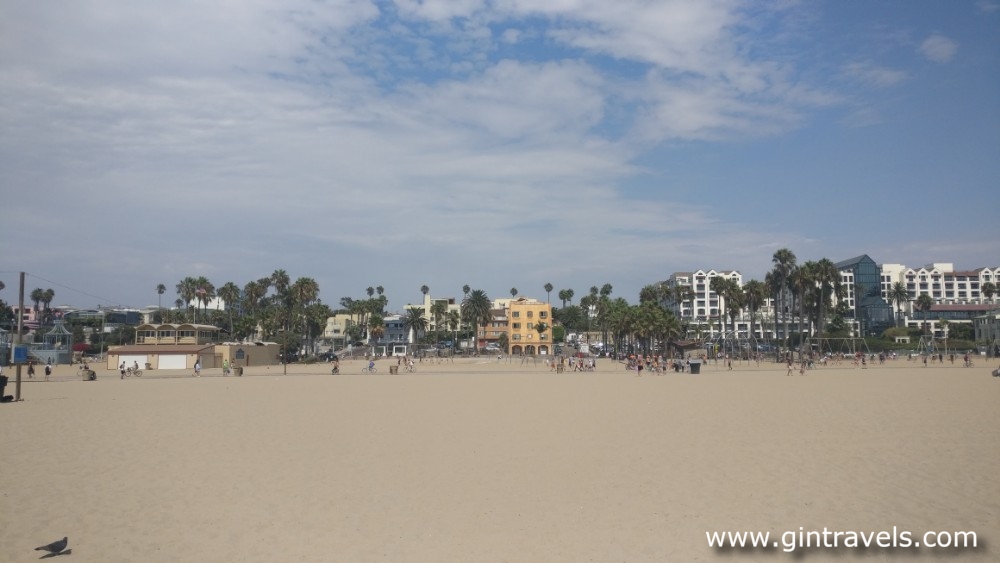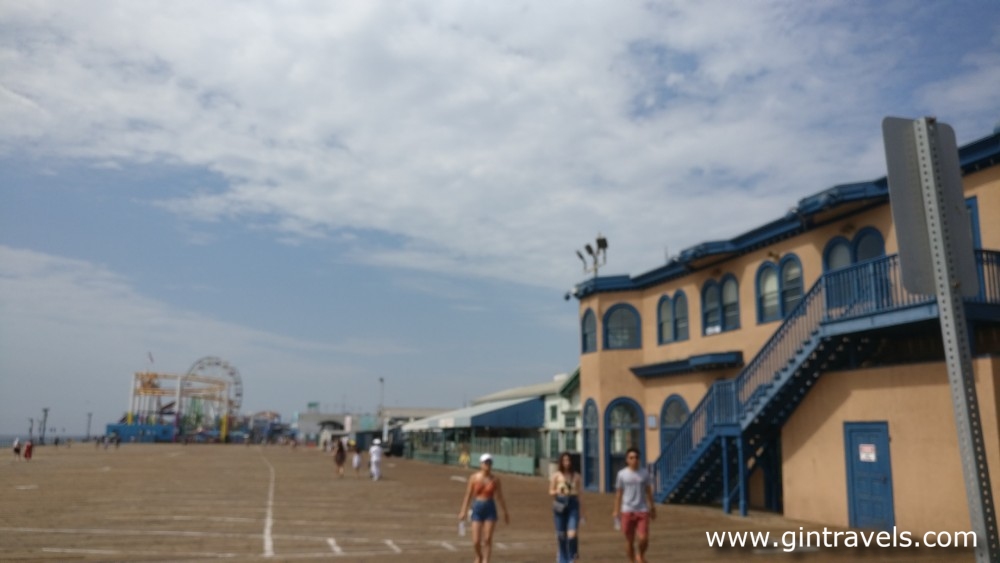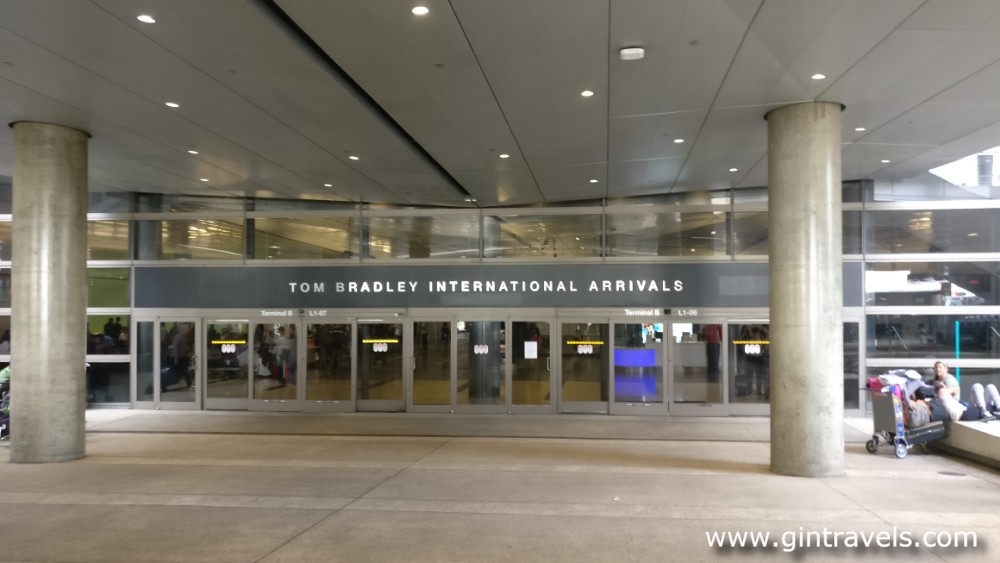After Las vegas, the final stop Santa Monica Pier, which is the end of Route 66.

Hollywood sign
The Hollywood Sign was originally constructed in 1923 as an advertisement for a real estate development called Hollywoodland. The sign was made from large white letters measuring 45 feet tall.
Over time, the Hollywoodland development failed and the sign fell into disrepair. In the 1940s, the original 13 letters of “Hollywoodland” were removed, leaving the sign with just the word “Hollywood.” The sign became a symbol of the entertainment industry in Los Angeles and was designated as a city landmark in 1973.
Throughout the years, the Hollywood Sign has undergone several renovations and restorations. In 1978, it was completely rebuilt with new letters made from steel and covered in white paint. In 2005, the sign was briefly altered to read “Save the Peak” as part of a campaign to protect the surrounding land from development.

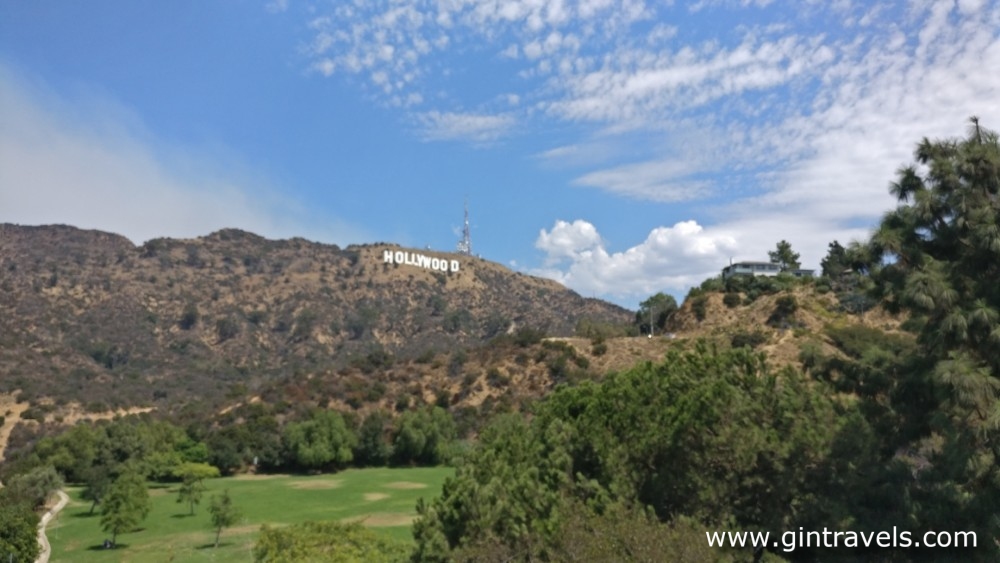
Universal Studios
Universal Studios was founded in 1912 by Carl Laemmle, a German immigrant, and was originally called Universal Film Manufacturing Company.
In the early years, Universal Studios primarily produced low-budget silent films, but by the 1920s, they had become one of Hollywood’s major film studios. During this time, they pioneered the concept of the movie studio tour, allowing visitors to go behind the scenes and see the production process.
In 1964, Universal Studios expanded into the theme park industry by opening Universal Studios Hollywood. This was one of the first film studios to open a theme park, and it quickly became a popular tourist attraction. The park featured various attractions, shows, and rides based on Universal’s popular films and TV shows.
Over the years, Universal Studios continued to grow and expand both its film production and theme park divisions. They opened Universal Studios Florida in 1990, followed by Universal Studios Japan in 2001 and Universal Studios Singapore in 2011. In 2016, Universal Studios Hollywood opened The Wizarding World of Harry Potter, a highly immersive themed area based on the popular book and film franchise.

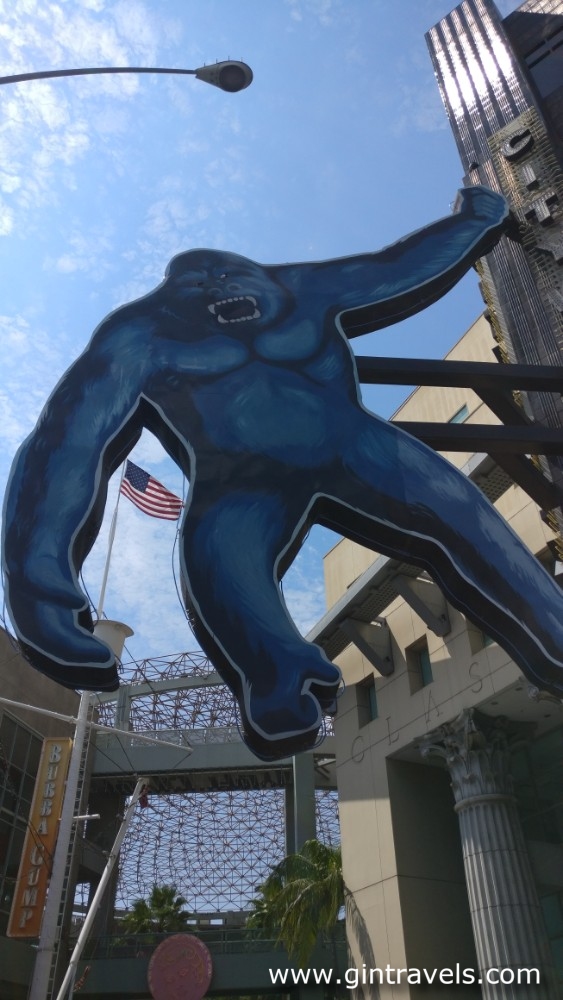
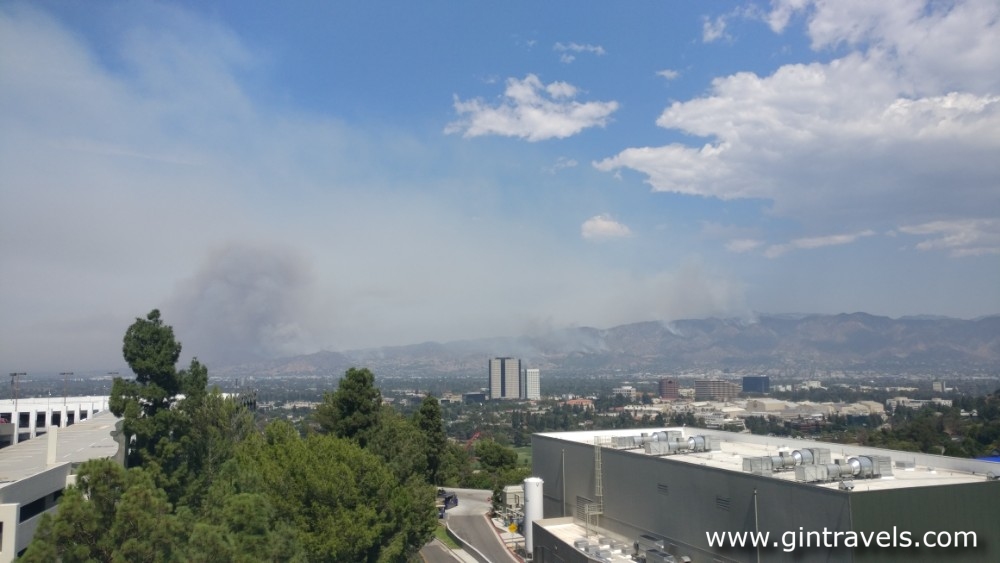
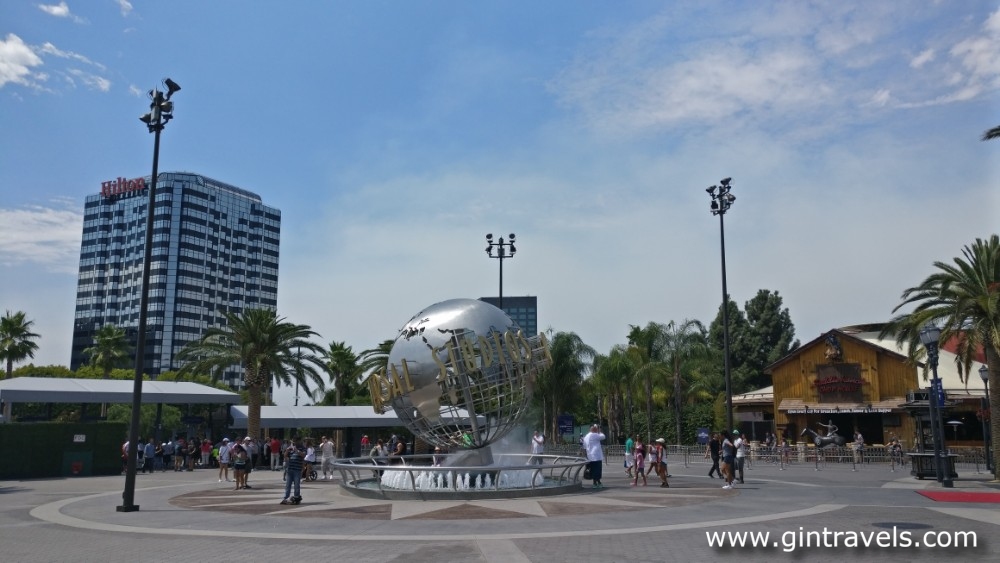
Santa Monica and Muscle Beach
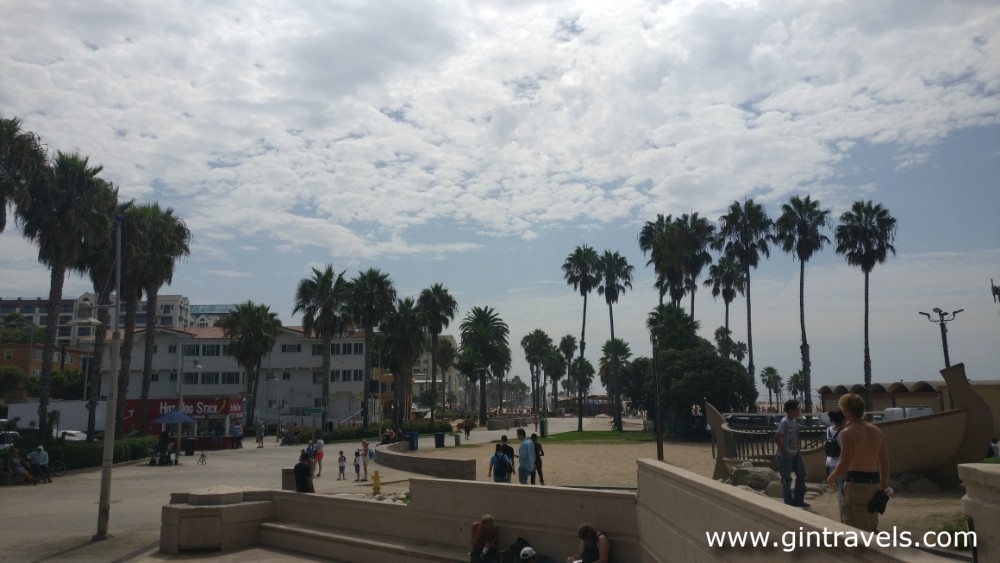
Muscle Beach is a popular gathering place for fitness enthusiasts and bodybuilders since the 1930s.
The original Muscle Beach was established in 1934 by gymnast Abbye “Pudgy” Stockton and her husband, weightlifter Les Stockton, as a training and exhibition space for athletes. They set up gymnastic rings, parallel bars, and other equipment on a stretch of beach just south of the Santa Monica Pier.
Muscle Beach quickly became a hotspot for bodybuilders, acrobats, and athletes, attracting a diverse community of fitness enthusiasts. They would showcase their strength and agility through impressive displays of strength, gymnastics, and weightlifting. Notable figures such as Jack LaLanne, Steve Reeves, and Arnold Schwarzenegger were regular visitors and contributed to the beach’s fame.
In the early 1950s, due to overcrowding and concerns over liability, the city of Santa Monica relocated Muscle Beach to its current location at the Venice Beach Recreation Center. This move helped cement the association between Muscle Beach and Venice Beach, which has become synonymous with the name.
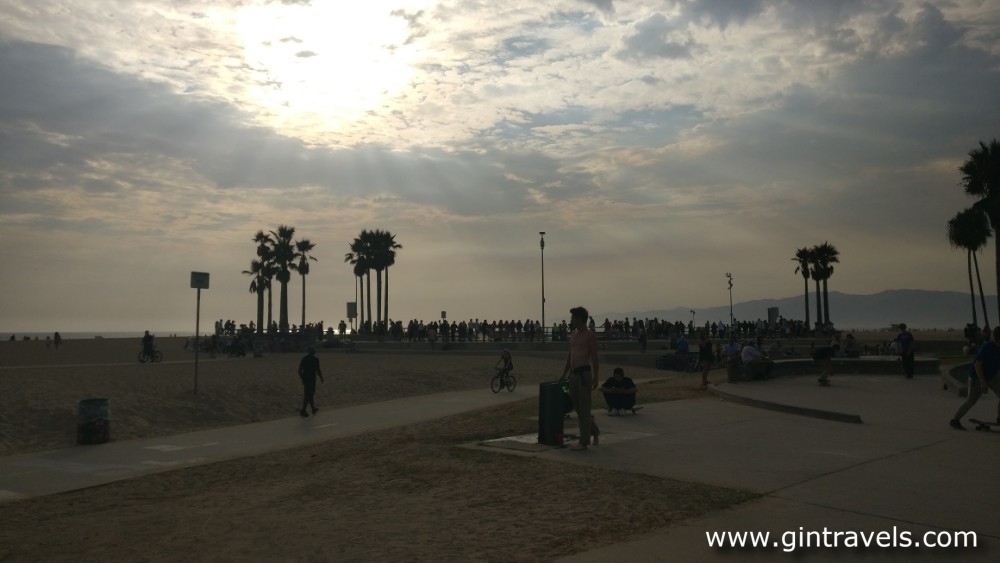

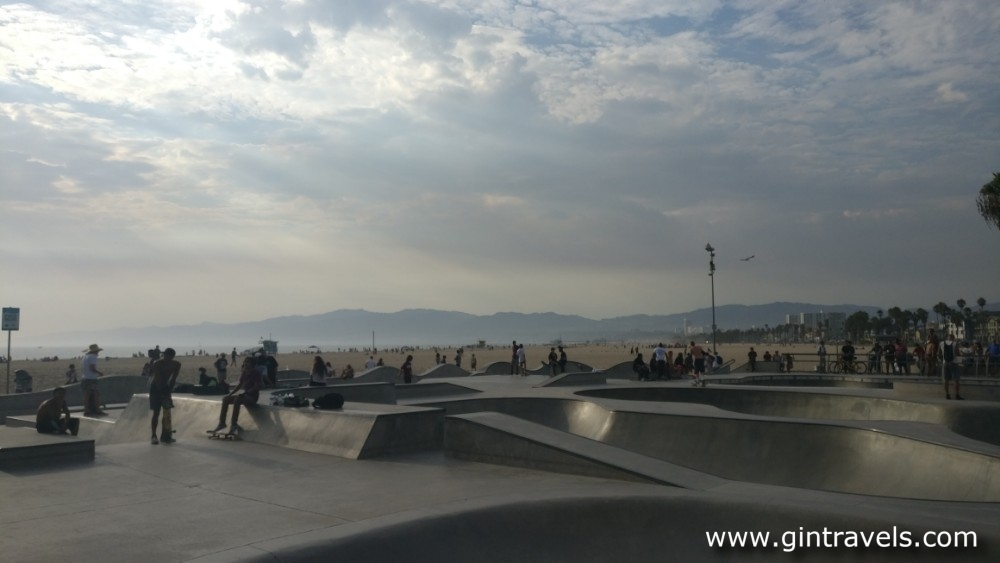
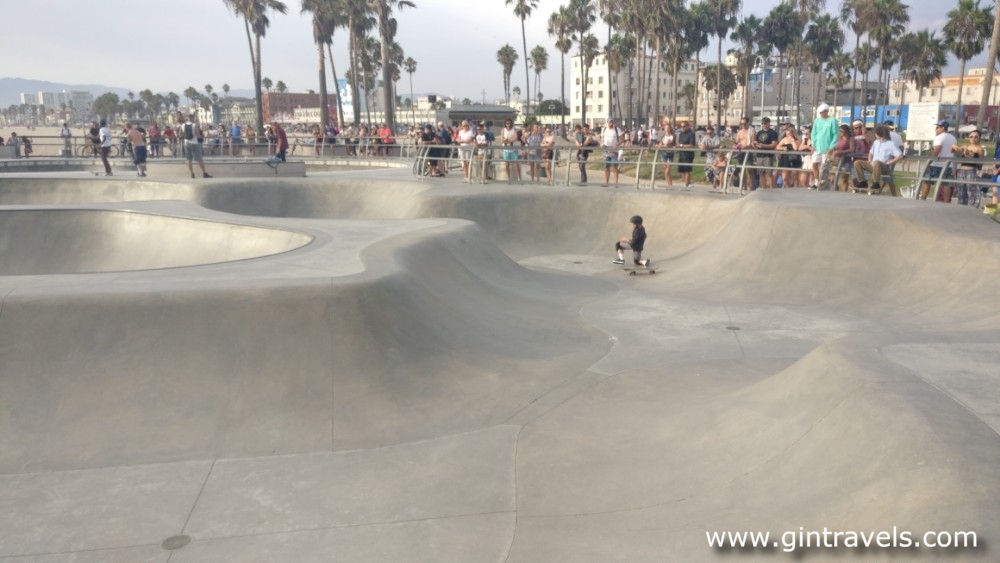
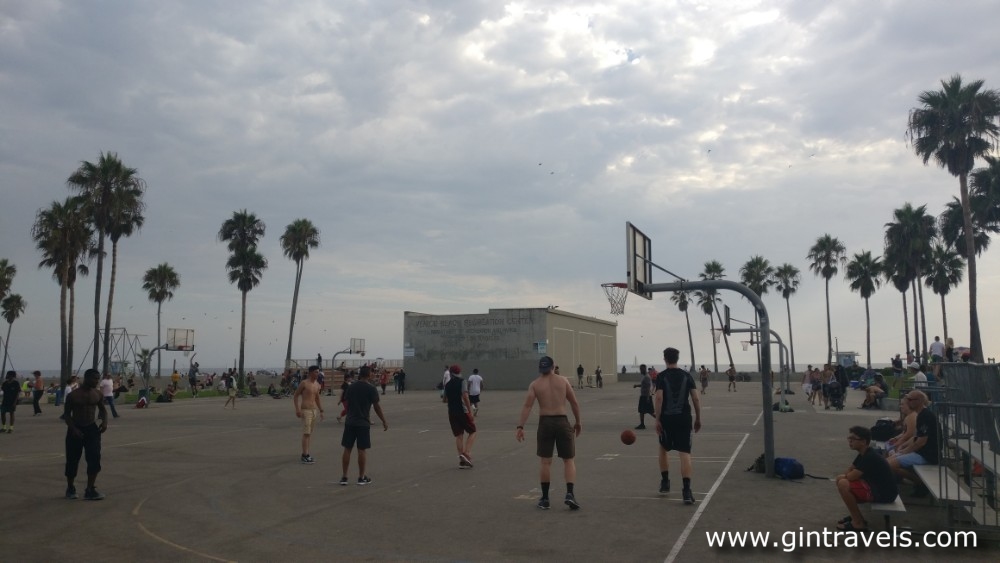
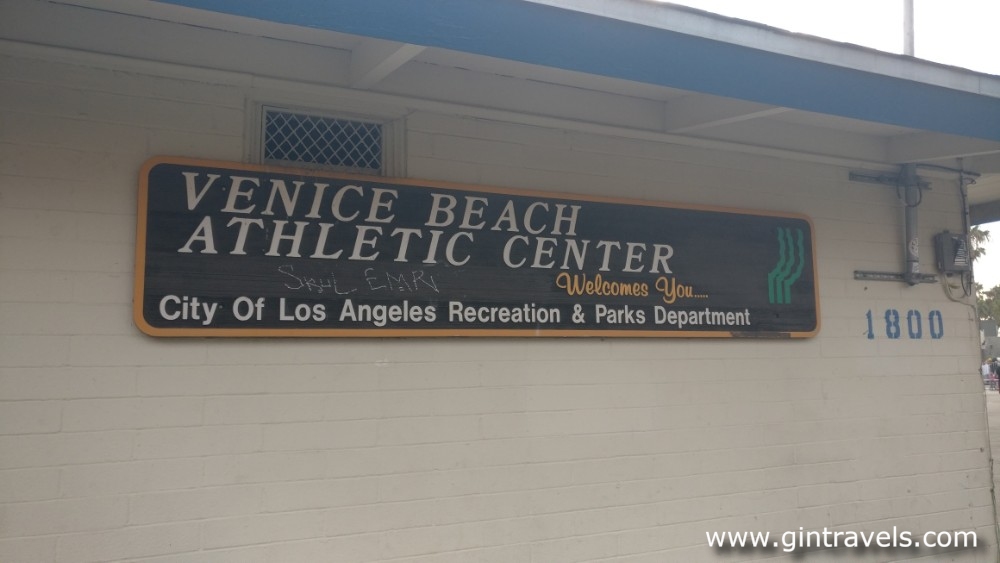
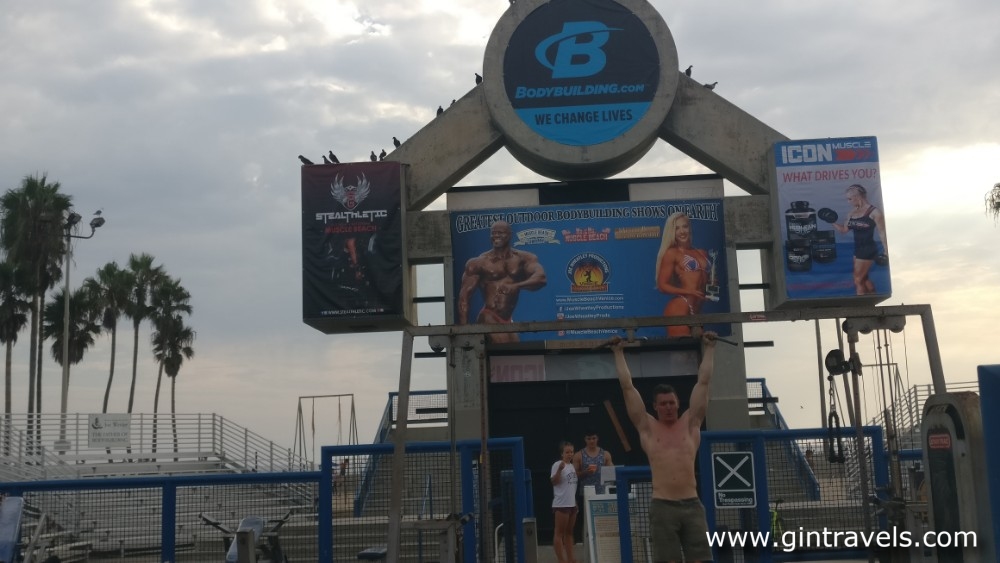
Venice Beach
Venice Beach is a vibrant neighborhood located on the western coast of Los Angeles, south from Santa Monica Pier. Its history can be traced back to the early 20th century when it was developed by tobacco magnate Abbot Kinney.
Kinney, who had a fascination with Venice, Italy, envisioned creating a “Venice of America” in Southern California. He began by constructing a series of canals, which were intended to mimic the Italian city. The canals were lined with extravagant homes and connected to the Pacific Ocean.
The area quickly gained popularity, drawing in tourists and residents alike. It became known for its beachfront boardwalk, which featured amusement rides, shops, and restaurants. Venice Beach also became a hub of creativity and counterculture, attracting artists, poets, and musicians.
During the early 20th century, Venice Beach saw the rise of the Beat Generation, with writers like Jack Kerouac and Allen Ginsberg spending time in the area. The neighborhood also played a significant role in the surfing culture of Southern California, with the Venice Breakwater becoming a popular spot for surfers.
However, the heyday of Venice Beach declined in the 1950s and 1960s due to urban decay and neglect. The canals were largely filled in and turned into roads, and the area saw an increase in crime and homelessness.
In the late 20th century, efforts were made to revitalize Venice Beach. The boardwalk was refurbished, and local artists worked to preserve the neighborhood’s unique character.
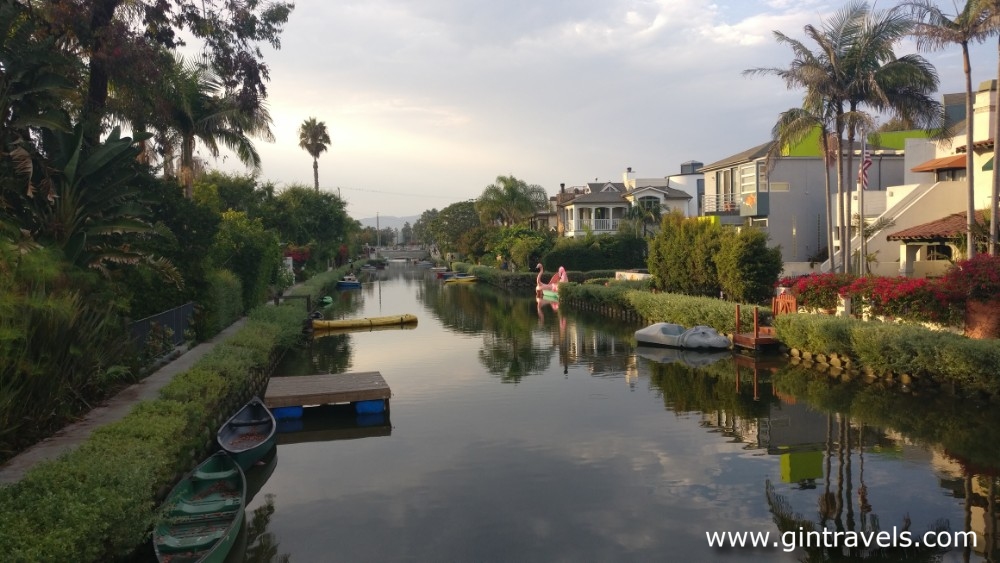
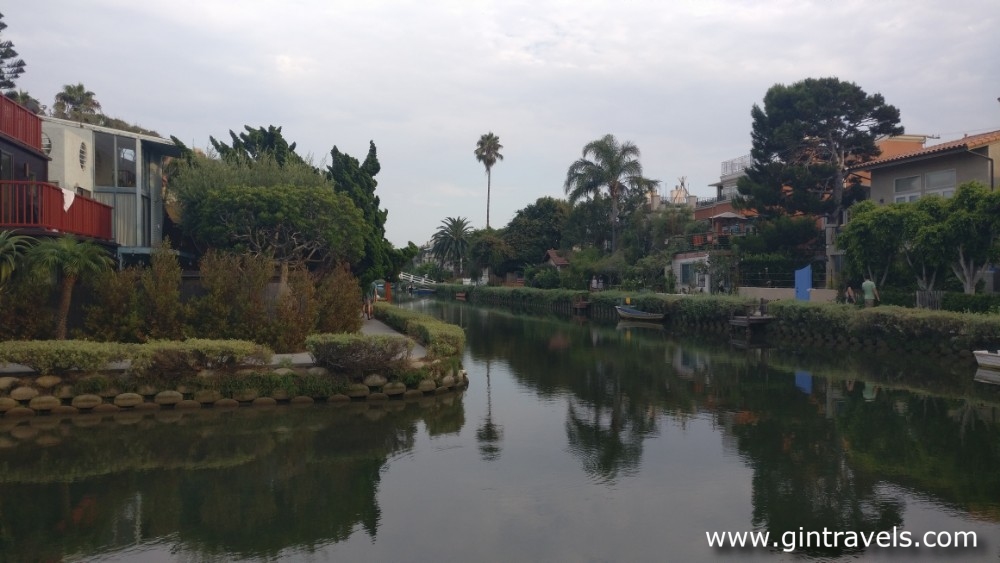
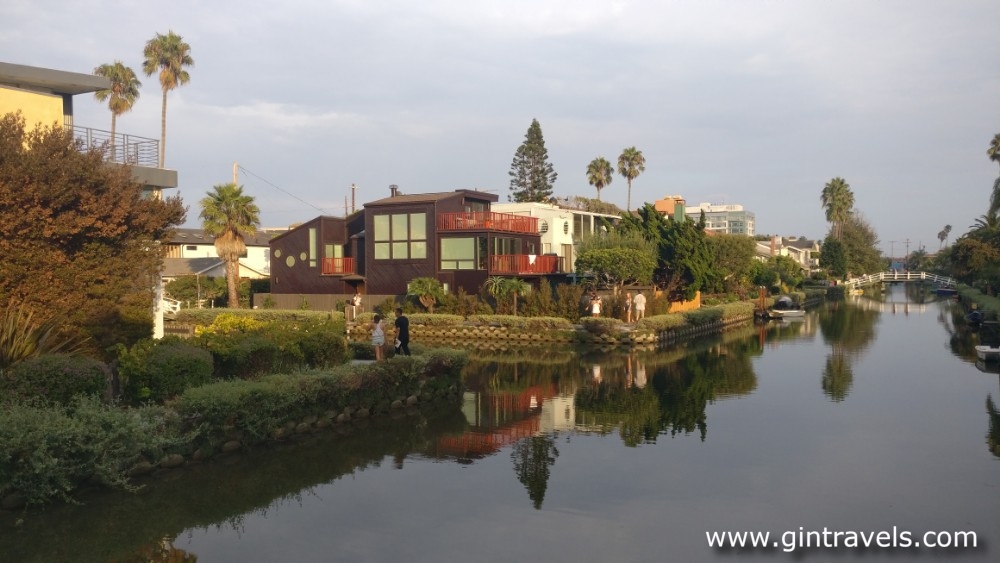
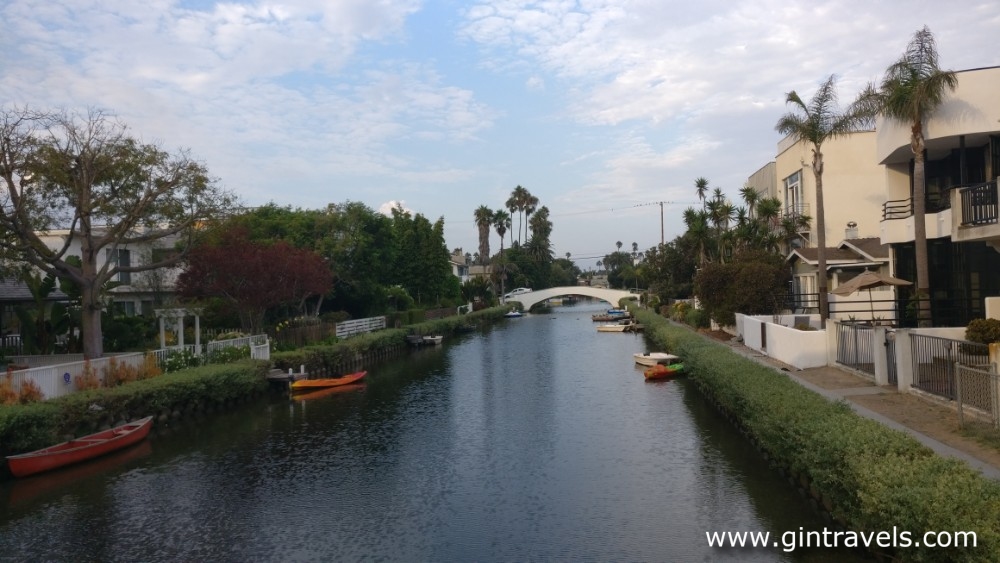
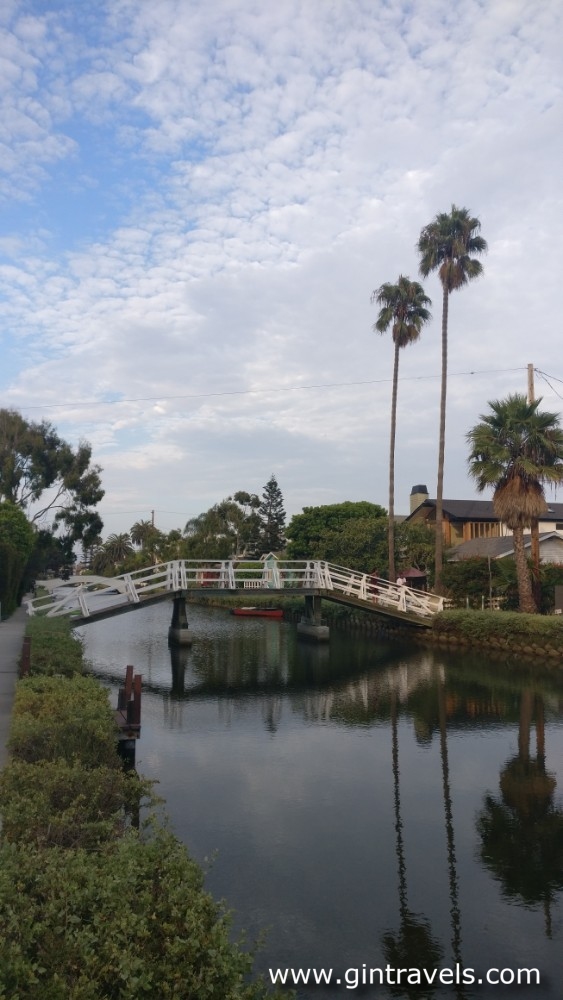
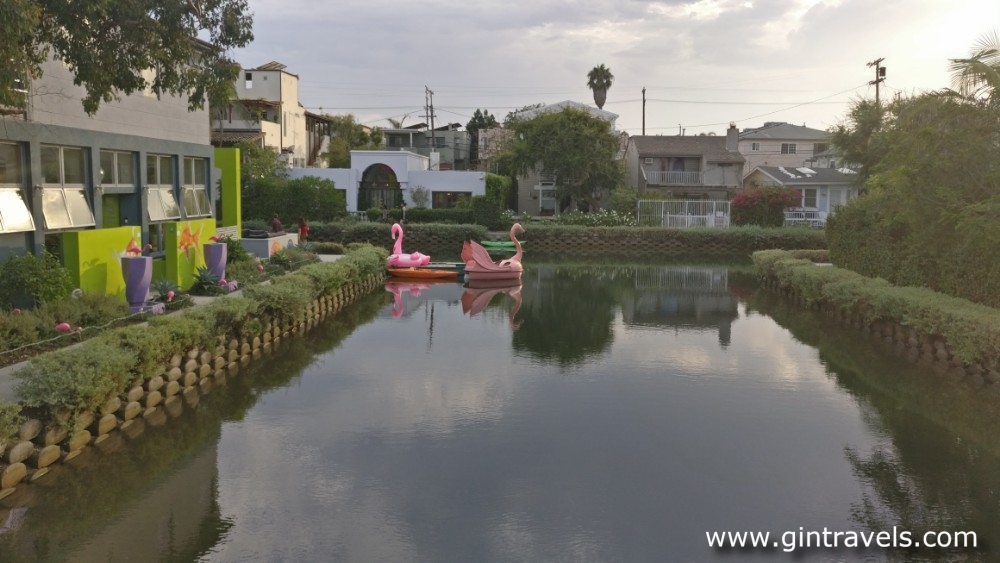
The pier was originally built in 1909 by the Atchison, Topeka, and Santa Fe Railway as a means to attract residents and tourists to the region. Its initial purpose was to serve as a leisure destination and a way to increase railway traffic in the area.
Over the years, the Santa Monica Pier underwent several renovations and expansions, transforming it into a hub of entertainment and recreation. In the 1920s, it became known for its Pleasure Pier, featuring a giant Ferris wheel, a roller coaster, and various other thrilling rides that drew crowds of visitors. The pier also housed a ballroom, a bowling alley, and dozens of concession stands and arcades.
As the years passed, the pier continued to evolve and adapt to changing times. However, by the 1970s, it faced a period of decline due to neglect and disrepair. In 1983, a major restoration project was initiated to preserve the historical integrity of the landmark and revitalize its attractions.
Santa Monica Pier is considered the end of Route 66 trail due to its historical and symbolic significance.
Route 66 was one of the original highways in the U.S. highway system, connecting Chicago, Illinois, to Santa Monica, California. It was established in 1926 and served as a major thoroughfare for travelers seeking opportunities in the West. Santa Monica Pier became an iconic destination representing the end of this iconic roadway.
Santa Monica is located at the westernmost edge of Los Angeles, right along the Pacific Ocean. Being situated on the coast, the pier provided a natural and tangible endpoint for travelers coming from the east.
In the early days of Route 66, various terminus points were considered, including downtown Los Angeles and Pasadena. However, Santa Monica Pier was eventually selected as the official terminus. The famous “End of the Trail” sign was erected on the pier, solidifying its significance and making it a popular spot for Route 66 enthusiasts.
